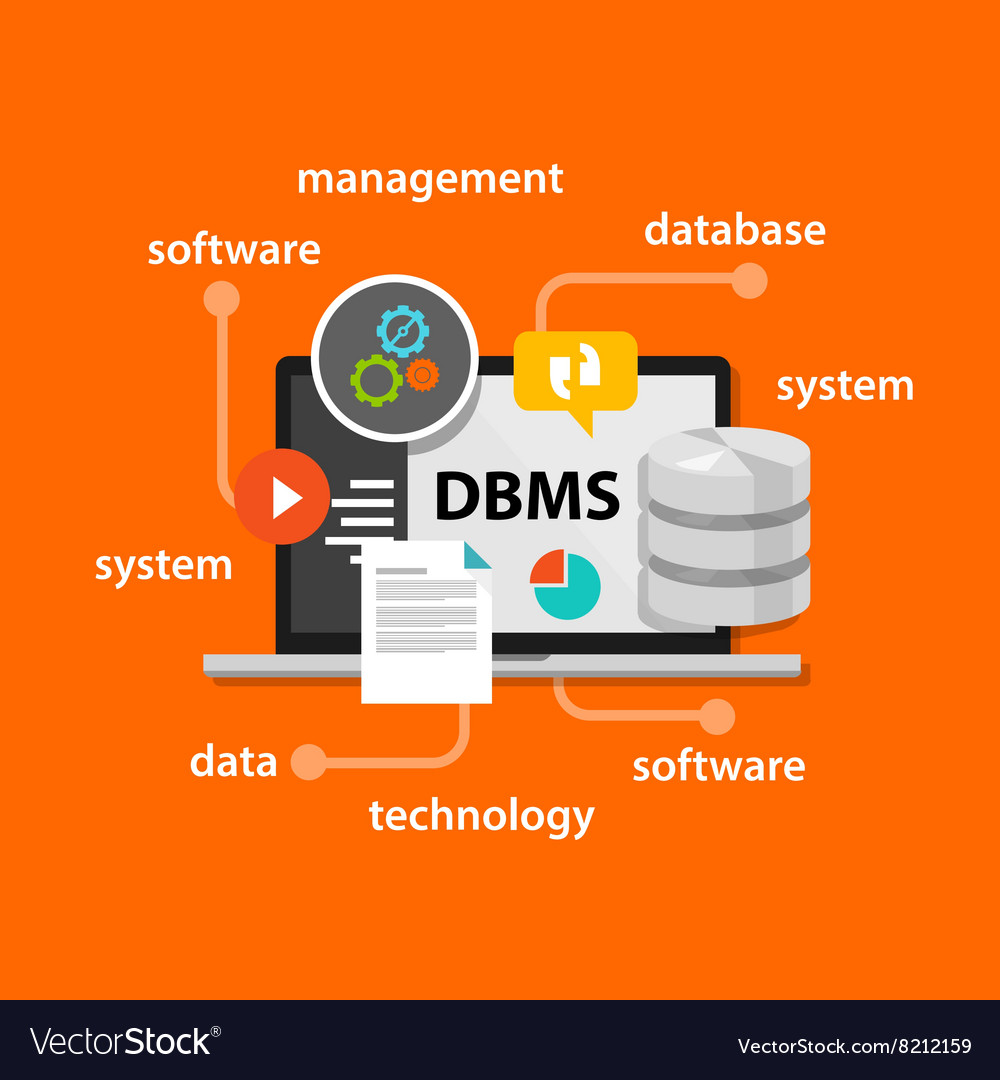DATABASE MANAGEMENT SYSTEM:
 INTRODUCTION:
INTRODUCTION:
A database system is basically just a computerized record -keeping system.The database itself can be regarded as a kind of electronic of filing cabinet; that is ,it is a repository or container for a collection of computerized data files .User of the system can perform a variety of operations involving such files -for example:
- Adding new files to the database
- Inserting data into existing files
- Retrieving data from existing files
- Deleting data from existing files
Changing data in existing files
WHAT IS DATABASE SYSTEM ?
To repeat from the previous section, a database system is basically a computerized record -keeping system; In other words ,it is a computerized system whose overall purpose is to store information and to allow user to retrieve and update that information and to allow user to retrieve and update that information on demand.The information in question can be anything that is of significance to the individual or organization concerned - anything , in other word , that is needed to assist in the general process of running the business of that individual or organization.
DATA:
Database System are available on machines that range all the way from the smallest handheld or personal computers to the largest mainframes or cluster of mainframes.Needless to say ,the facilities provided by any given system are determined to some extent by the size and power of the underlying machine .In particular ,system on large machines tend to be multi-user,wheres those on smaller machines tend to be single-user. A Single-user System is a system in which at most one user can access the database at any given time; a multi - user system is a system in which many user can access the database at same time.
HARDWARE:
Comments
Post a Comment